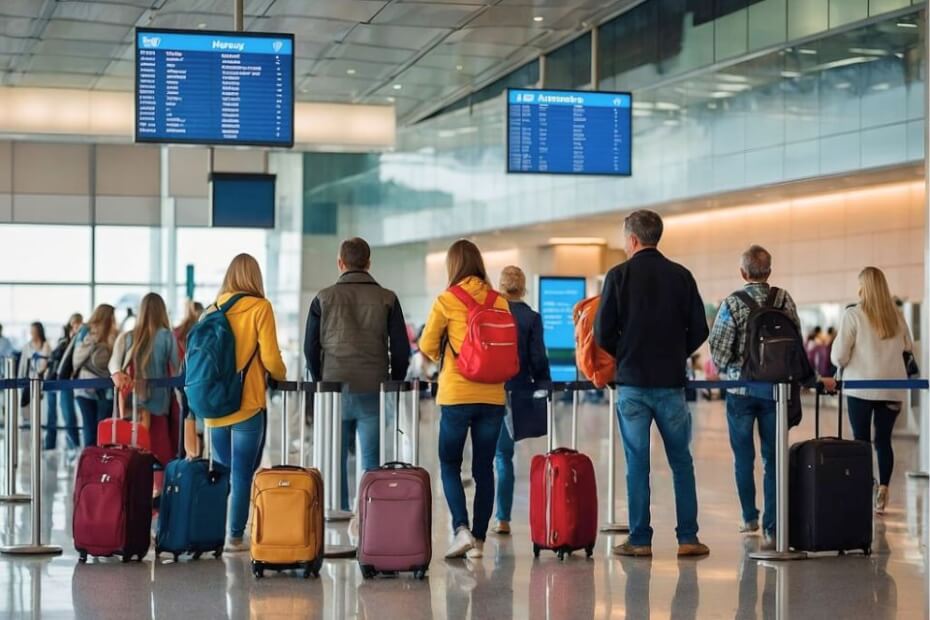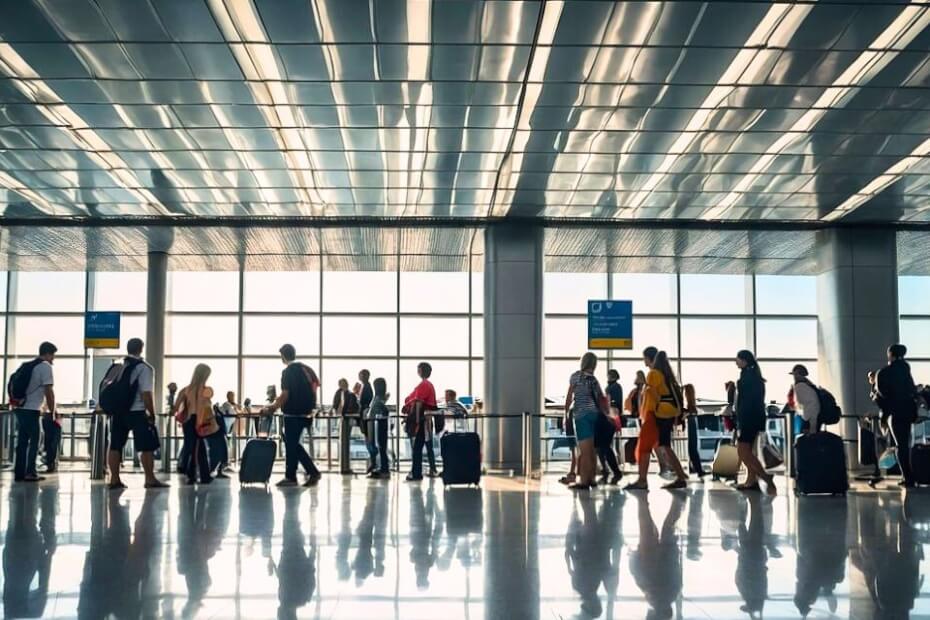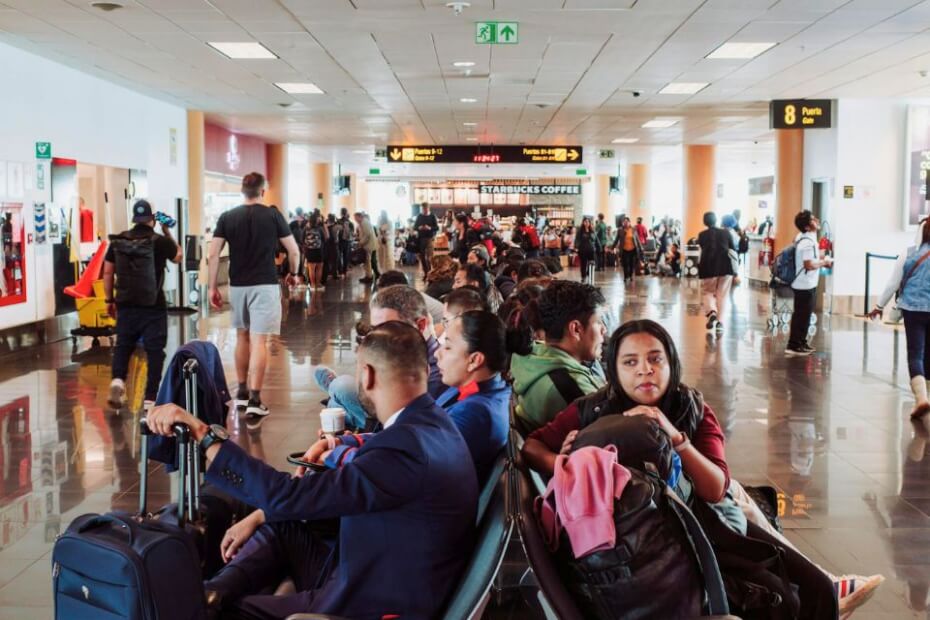
The United Kingdom (UK) recently admitted that it is not prepared for the new European Union (EU) border checks, the Entry/Exit System (EES).
Immigration Minister Seema Malhotra said in a statement to the House of Commons that the country faces challenges in implementing the EES, reports The Telegraph.
The newly elected government is “not content with the level of preparations” that the previous administration had set up.
Malhotra said, “Insufficient progress has been made on ensuring that these impacts (as well as other potential impacts) are minimized.”
She added that disruption is likely to occur when the new EU border checks roll out later this year.
To try to alleviate travel disruption, the UK has asked the EU and Member States for extended measures.
This includes asking French border officers to relax fingerprint checks for British travelers when long queues arise during peak travel hours.
New EU border checks and anticipated delays
The EES will replace the current method of manually stamping passports at the EU’s external borders.
It will use biometric data, such as fingerprints and facial recognition, to record the entry and exit of non-EU nationals from the Schengen Area.
This includes third-country nationals, such as British travelers, and short-stay visa holders.
This system, set to start in November this year, aims to make border crossings more secure and efficient.
Still, the new EU border checks are expected to cause significant delays due to the added time travelers need to register their biometric data.
Long queues are also anticipated at busy border points like the Port of Dover and the Channel Tunnel at Folkestone.
The processing time for vehicles could significantly increase as travelers must get out of their cars to register or provide biometric data.
Another anticipated choke point is the Eurostar terminal at St. Pancras Station in London.
The three UK-EU border crossings are juxtaposed. This means French border officials perform immigration checks on travelers before they leave the UK.
The increased processing time due to the EES could lead to long queues and travel disruptions, especially during peak times.
A flexible approach to EES implementation

Malhotra stressed that the government is taking measures to improve EES preparations and minimize travel disruptions.
This includes negotiating with the EU and Member States for extended emergency measures when lines become too long.
One measure is allowing French border officers to relax the fingerprint scan requirement for British travelers during busy hours.
French border guards may allow UK nationals to cross without taking fingerprints or facial scans when queues are excessively long.
This flexibility in implementing the new EU border checks will be in place for the first six months after the EES goes live.
Malhotra said the government advocates extending this flexibility beyond the summer holiday period to prevent long waits and delays.
Expanding the border control zone
The Home Office also announced new legislation allowing French border guards to work in an expanded border control zone at the Port of Dover, as reported by the BBC.
Currently, French border guards are limited to performing their duties in the eastern part of the port.
With this new law, they’ll be able to spread out and conduct checks in the western area, too.
Port of Dover officials have designated the western section to handle new EU border checks specifically for coach passengers.
This expansion should help manage the flow of people more efficiently, especially when the EES comes into force.
UK and French officials are working to update their border control agreement, which would allow for the expanded check zone at Dover Port.
Additionally, Getlink, the operator of the Channel Tunnel, has invested in significant infrastructure upgrades, such as a new covered drive-through bay, for EES checks.
Eurostar also invested in more EES kiosks and is ready to open up space in case of snaking lines due to limited space at St. Pancras.
Other measures to mitigate EES delays

The new system is designed to enhance security. Still, the UK’s Immigration Minister stressed it should not unduly burden travelers or disrupt trade and tourism.
Additional measures to minimize and manage expected delays include hiring more border staff.
Similarly, the UK government plans to upgrade infrastructure at key border points to accommodate the new EU border checks.
It is also considering a phased implementation of the EES to address any issues before the system becomes fully operational.
This will enable officials to identify and resolve issues in a controlled manner, minimizing disruptions when the system goes live.
The British government is also preparing extensive communications to raise awareness amongst the UK traveling public.
A UK Department of Transportation survey showed that more than half of British adults were still unaware of the EES system.
The survey also revealed that the new EU border checks could prevent Brits from visiting the EU.
“It is in both the UK’s and EU’s interest to work together on our shared objectives to ensure we maintain secure borders while also minimizing any disruption caused by EES,” Malhotra said.
More concerns about the new EU border checks
The travel industry, already reeling from the impacts of Brexit and the pandemic, is wary of more disruptions that could affect travel and tourism.
Industry experts have also raised concerns about the readiness of infrastructure and staff to handle the new requirements.
There have been calls to delay the implementation of the EES until early 2025 to allow the UK and the EU to prepare.
The International Air Transport Association had raised concerns that regional, smaller EU airports are still not EES-ready.
The EES mobile app aimed to help avoid long lines at the border will not be ready by October.
There is still no word on whether it will be available to travelers by the new pushed-back EES launch date in November.
Travelers are advised to stay informed about the new requirements and plan their journeys accordingly to avoid potential delays.

